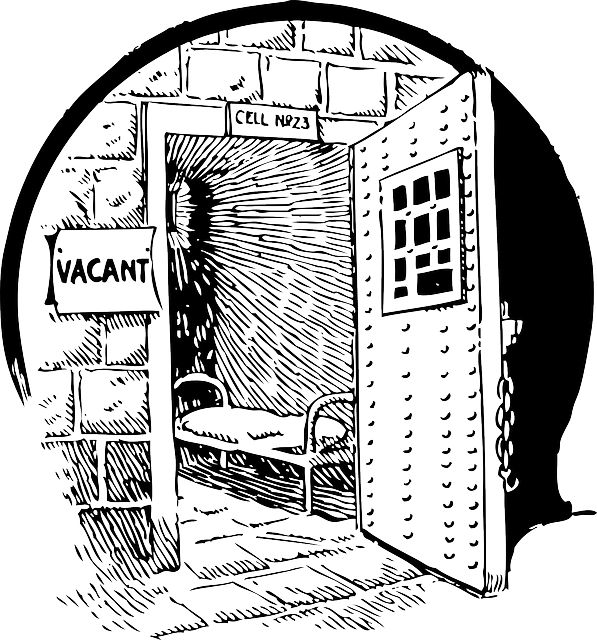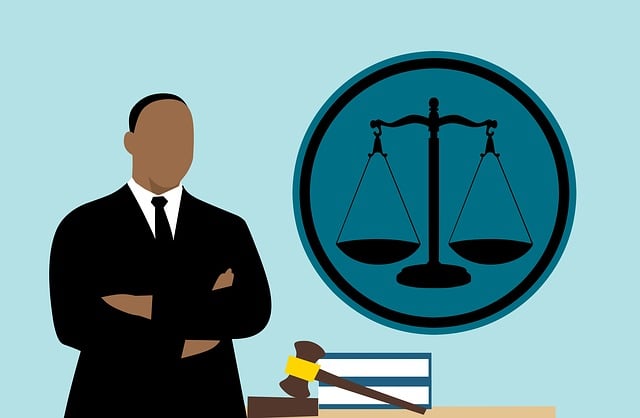Teen rehabilitation programs that incorporate "Community Service as Punishment" offer a holistic approach focusing on long-term personal growth and community reintegration. By engaging in meaningful volunteer work, at-risk teenagers develop empathy, accountability, and essential life skills while contributing to their communities. This innovative method transforms traditional punishments into learning opportunities, strengthens community bonds, and fosters positive behavioral changes, making it a powerful tool for rehabilitation.
“Teen Rehabilitation Back on Track” explores a transformative journey towards recovery for at-risk youth. In this comprehensive guide, we delve into innovative strategies focusing on community service as an alternative punishment. Understanding teen rehabilitation involves a holistic approach, combining service with personal growth. We examine how community service programs can empower teens, foster responsibility, and build resilience. Through partnerships and support networks, these initiatives create lasting impact, offering a promising path to a brighter future for our youth.
- Understanding Teen Rehabilitation: A Journey Towards Recovery
- The Role of Community Service: A Holistic Approach to Punishment
- Benefits of Community Service for At-Risk Teens
- Designing Effective Community Service Programs for Rehabilitation
- Engaging the Community: Partnerships and Support Networks
- Monitoring and Evaluating Success: Measuring Progress and Impact
Understanding Teen Rehabilitation: A Journey Towards Recovery

Teen rehabilitation is a transformative process designed to help young individuals overcome challenges and reconnect with society. It’s not merely about addressing immediate issues but fostering long-term growth and resilience. Through structured programs, therapy sessions, and supportive environments, teens can learn coping mechanisms, develop healthier habits, and regain control of their lives. This journey towards recovery often involves a combination of individual counseling, group therapy, educational workshops, and community service as punishment, empowering teens to take responsibility for their actions while building a brighter future.
Community service as punishment plays a pivotal role in this rehabilitation process. It offers teens an opportunity to give back to the community they may have affected through their actions, fostering a sense of accountability and empathy. By engaging in meaningful activities like volunteering, cleaning public spaces, or assisting local charities, teens can see the tangible impact of their contributions, promoting personal growth and a deeper understanding of societal responsibilities. This experience can be transformative, helping them develop a strong work ethic, build self-esteem, and form positive relationships within the community.
The Role of Community Service: A Holistic Approach to Punishment

In the journey towards Teen Rehabilitation Back on Track, community service emerges as a powerful tool within the framework of punishment. Beyond traditional punitive measures, community service as punishment offers a holistic approach that not only addresses past missteps but also fosters personal growth and societal reintegration. By engaging teens in meaningful activities that benefit their communities, this method instills a sense of responsibility and empathy.
Through community service, teenagers learn firsthand the impact of their actions on others, gaining valuable perspectives that can challenge their previous behaviors. It transforms punishment into an opportunity for learning and self-improvement. This approach also strengthens community bonds, as volunteers contribute to local initiatives, creating a supportive network that encourages positive change.
Benefits of Community Service for At-Risk Teens

For at-risk teens, community service can be a powerful tool for rehabilitation and personal growth. It offers an alternative to traditional punitive measures, such as detention or suspension, providing an opportunity for these young individuals to give back to their communities while developing a sense of responsibility and empathy. By engaging in meaningful volunteer work, teens learn valuable skills like teamwork, time management, and problem-solving, which can help them both personally and professionally in the future.
Community service allows at-risk teens to see the direct impact of their actions on others, fostering a deeper understanding of the consequences of their behavior. This hands-on experience can be transformative, encouraging positive changes and helping them develop a stronger connection to their community. Unlike punitive punishments, community service promotes a sense of ownership and accountability while offering a supportive environment for these teens to regain their footing and chart a course back on track.
Designing Effective Community Service Programs for Rehabilitation

Community service as a punishment can be a powerful tool in teen rehabilitation, offering meaningful engagement with the community and a chance for personal growth. When designing effective programs, the key lies in tailoring activities that address specific rehabilitation goals while fostering a sense of responsibility and connection. This could involve projects like urban cleanup drives, where teens learn about environmental stewardship, or mentorship programs where they support younger peers, developing empathy and leadership skills.
The program’s success hinges on making community service an integral part of the teens’ daily lives, providing structured yet flexible frameworks that encourage active participation. By linking service activities to personal development goals, these initiatives can help teenagers reflect on their actions, take ownership of mistakes, and build a positive sense of self through contributions to their communities.
Engaging the Community: Partnerships and Support Networks

Engaging the community plays a pivotal role in teen rehabilitation, offering a powerful alternative to traditional punishment methods like community service. By fostering partnerships with local organizations and establishing robust support networks, at-risk youth are embedded in a system of care that extends beyond the confines of a facility. This approach leverages the collective resources and values of the community, providing teens with structured environments and positive role models outside their immediate circles.
Collaborations between schools, faith groups, youth centers, and businesses create a web of support that offers mentorship, guidance, and opportunities for growth. Community-based programs can include after-school activities, vocational training, sports leagues, or art therapy sessions, all designed to address specific needs while instilling a sense of belonging and purpose. This collective effort not only helps in the rehabilitation process but also strengthens the fabric of the community by investing in its future.
Monitoring and Evaluating Success: Measuring Progress and Impact

Monitoring and evaluating success is a vital component of teen rehabilitation programs, ensuring that efforts are making a tangible impact on participants’ lives. This process involves regular assessments to measure progress against predetermined goals and milestones. By tracking key performance indicators (KPIs), such as attendance rates, behavior modifications, and academic or vocational achievements, counselors and support staff can gauge the effectiveness of the program.
One effective approach to monitoring is by incorporating community service as a punishment or reward system. This strategy not only holds teens accountable for their actions but also allows them to contribute positively to their communities. Through structured activities, they learn valuable skills, build teamwork, and foster a sense of responsibility—all while directly addressing the harm caused by their past behaviors. Regular evaluations during and after community service assignments provide insights into the program’s success and inform future interventions.
Teen rehabilitation programs, with a focus on community service as punishment, offer a promising path towards recovery. By combining structured activities with community engagement, these programs empower at-risk teens to take responsibility for their actions while fostering a sense of belonging and purpose. Through partnerships with local organizations and robust monitoring frameworks, successful community service initiatives can have a lasting impact, transforming lives and building stronger communities.






